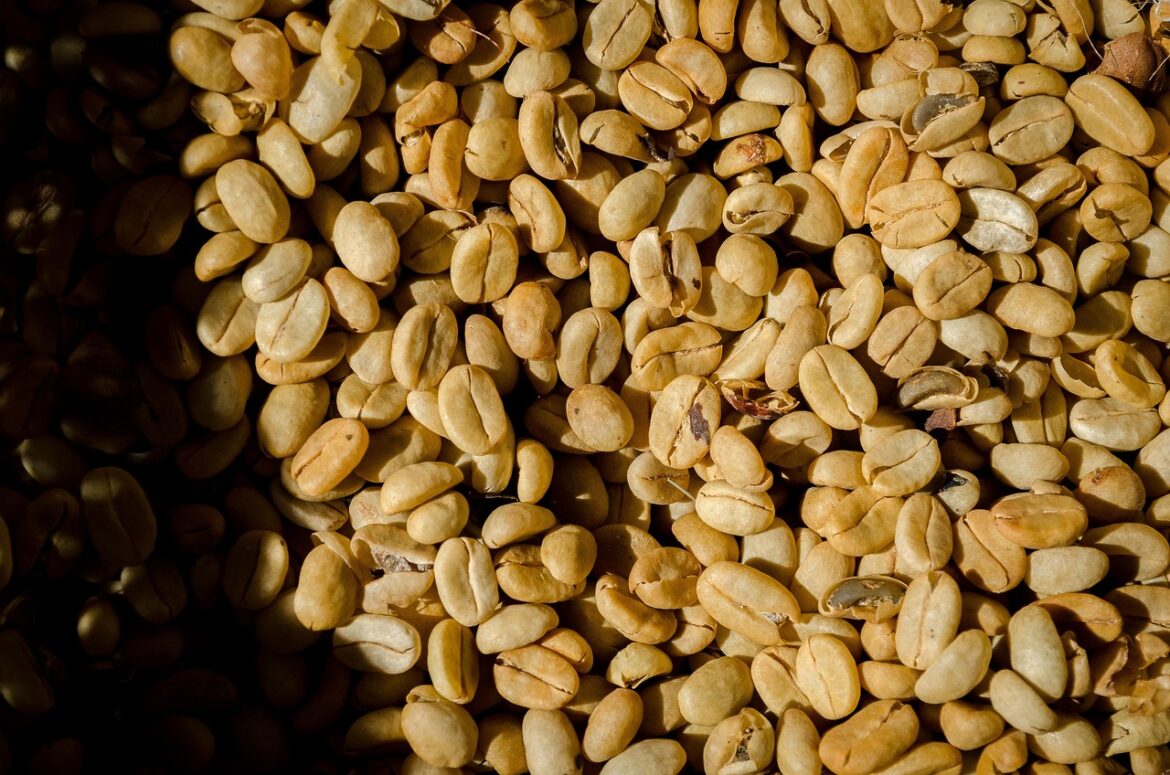From Seed to Cup: A Taste Journey
Coffee, one of the world’s most beloved beverages, boasts an intricate journey from seed to cup that involves a myriad of steps each influencing its ultimate flavor and quality. This exploration not only enhances our appreciation for this global staple but also sheds light on why every cup presents a unique taste experience.
The Origin: Coffee Plant Cultivation
The coffee journey begins with a seed, typically planted in large beds in shaded nurseries. Coffee is predominantly grown in the equatorial regions known as the Coffee Belt, which includes parts of Central and South America, Africa, and Asia. These regions offer the ideal conditions for coffee cultivation: ample rainfall, high altitudes, and a steady temperature.
Common Question: How long does it take for a coffee plant to start producing beans?
It usually takes about 3 to 4 years for a newly planted coffee tree to bear fruit, commonly referred to as coffee cherries.
The Growth Phase
Once planted, the care given during the growth phase is crucial. Coffee plants require careful management of light, water, and soil nutrients. Farmers often use sustainable practices to not only enhance growth but to ensure the ecosystem is preserved. This includes methods like intercropping, where other crops are planted in proximity to coffee to enhance soil quality and biodiversity.
The Impact of Climate on Coffee Quality
Climate change poses a significant threat to coffee cultivation. Shifts in temperature and unpredictable rainfall patterns can lead to increased pests and diseases and affect the overall sensory profile of coffee. Thereby, the resilience strategies adopted by farmers become pivotal in sustaining coffee quality.
Harvesting the Coffee Cherries
Harvesting is done primarily by hand, particularly in mountainous regions. This labor-intensive process ensures that only the ripest cherries are picked, a critical step in maintaining quality. Some regions have two harvests a year – a main and a secondary crop, influencing not only yield but also aspects of flavor and body in the coffee produced.
Selective Harvesting vs. Strip Picking
Selective harvesting, where pickers choose only ripe cherries, typically results in higher quality coffee compared to strip picking, where all cherries are harvested irrespective of their ripeness. The harvesting method can directly impact the flavor profile of the coffee, adding a layer of complexity to its ultimate taste.
Processing the Cherries
Post-harvest processing is crucial and can be done in one of two ways: dry or wet processing. Dry processing, also known as the natural method, involves drying whole cherries in the sun. Wet processing, however, involves removing the pulp of the cherry before drying. Each method imparts distinct characteristics to the coffee. For instance, dry processing typically enhances body and sweetness, whereas wet processing tends to highlight acidity and clarity.
Roasting the Coffee
The transformation from green coffee beans to what we recognize in our cups largely happens during roasting. This process not only alters the color and size of the beans but also has a profound effect on the flavors and aromas. Roasters must consider a variety of factors, including temperature and time, meticulously adjusting them to highlight the unique attributes of each batch.
Roast Profiles and Flavor
Light, medium, and dark roasts not only differ in taste but in caffeine levels and health antioxidants. Light roasts retain most of the original coffee flavor characteristics and higher acidity. Medium roasts offer a balanced flavor, aroma, and acidity. Dark roasts, on the other hand, feature a fuller body and richer flavor, with reduced acidity.
Grinding and Brewing
The final flavor of coffee in your cup can tremendously vary based on the grinding and brewing method. Coarse, medium, and fine grinds are used differently across various brewing methods like French press, espresso, and drip coffee. Each brewing method extracts different qualities from the beans, affecting the overall sensory experience.
Optimizing Flavor Through Brewing
Variables in water quality, temperature, and brewing time play crucial roles in the coffee-making process. For instance, water that is too hot can extract unpleasant bitterness, while water that is too cold might lead to under-extraction, affecting the coffee’s full flavor profile.
Conclusion: A Journey of Flavors
From the meticulous cultivation of coffee plants to the nuanced processes of roasting and brewing, each step in the coffee production chain plays an integral role in shaping the beverage’s final taste. This journey not only emphasizes the complexity and richness of coffee but also the immense effort behind every cup enjoyed worldwide.
Understanding the coffee process from seed to cup enhances not just our appreciation for this beverage but also our experience of every sip we take. Next time you enjoy your coffee, think of the voyage it has undergone and the various elements that have interactively shaped its delightful essence.
This comprehensive journey from seed to cup is a testament to the intricate world of coffee production, inviting coffee lovers and enthusiasts to delve deeper into understanding what makes each cup of coffee uniquely satisfying.


